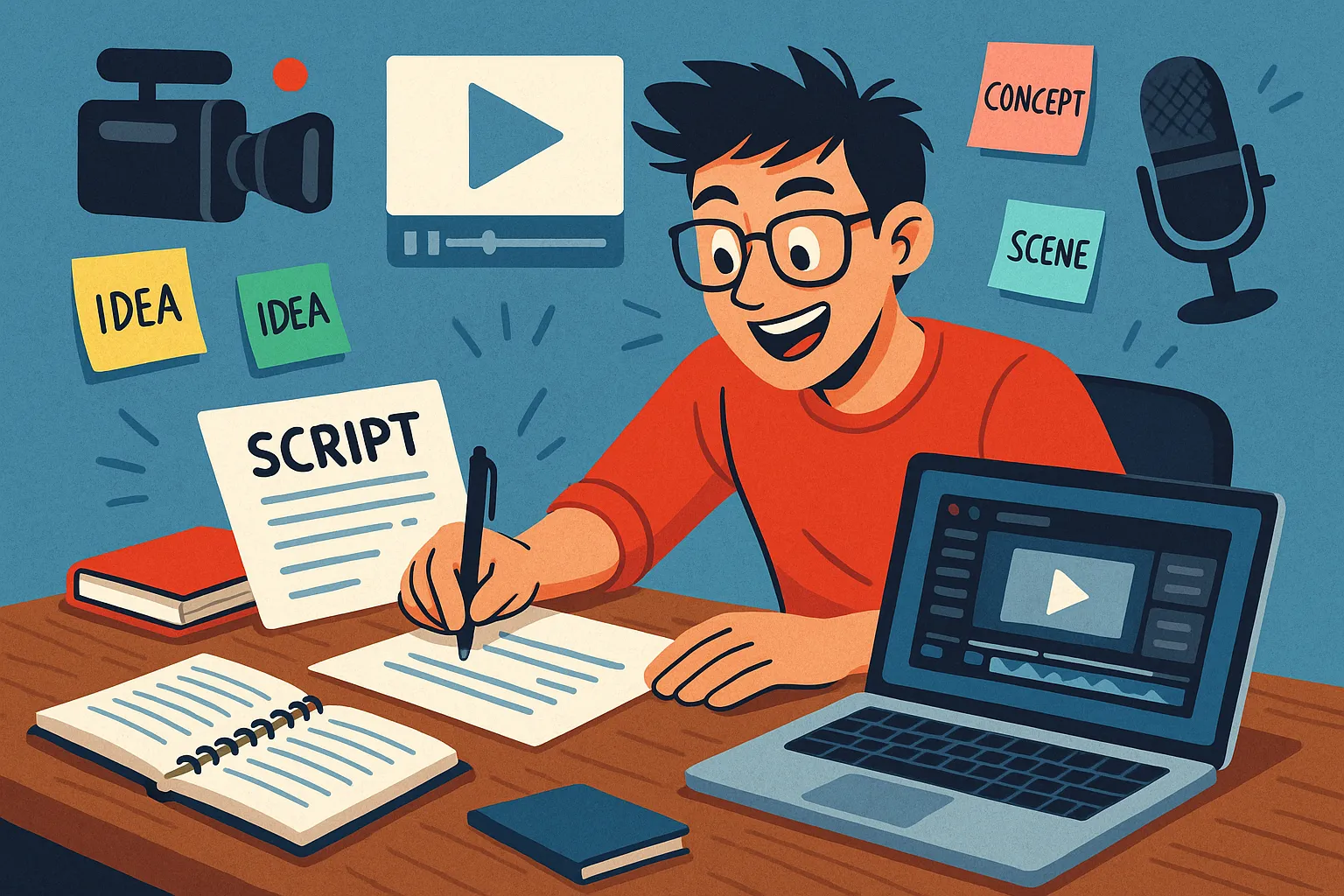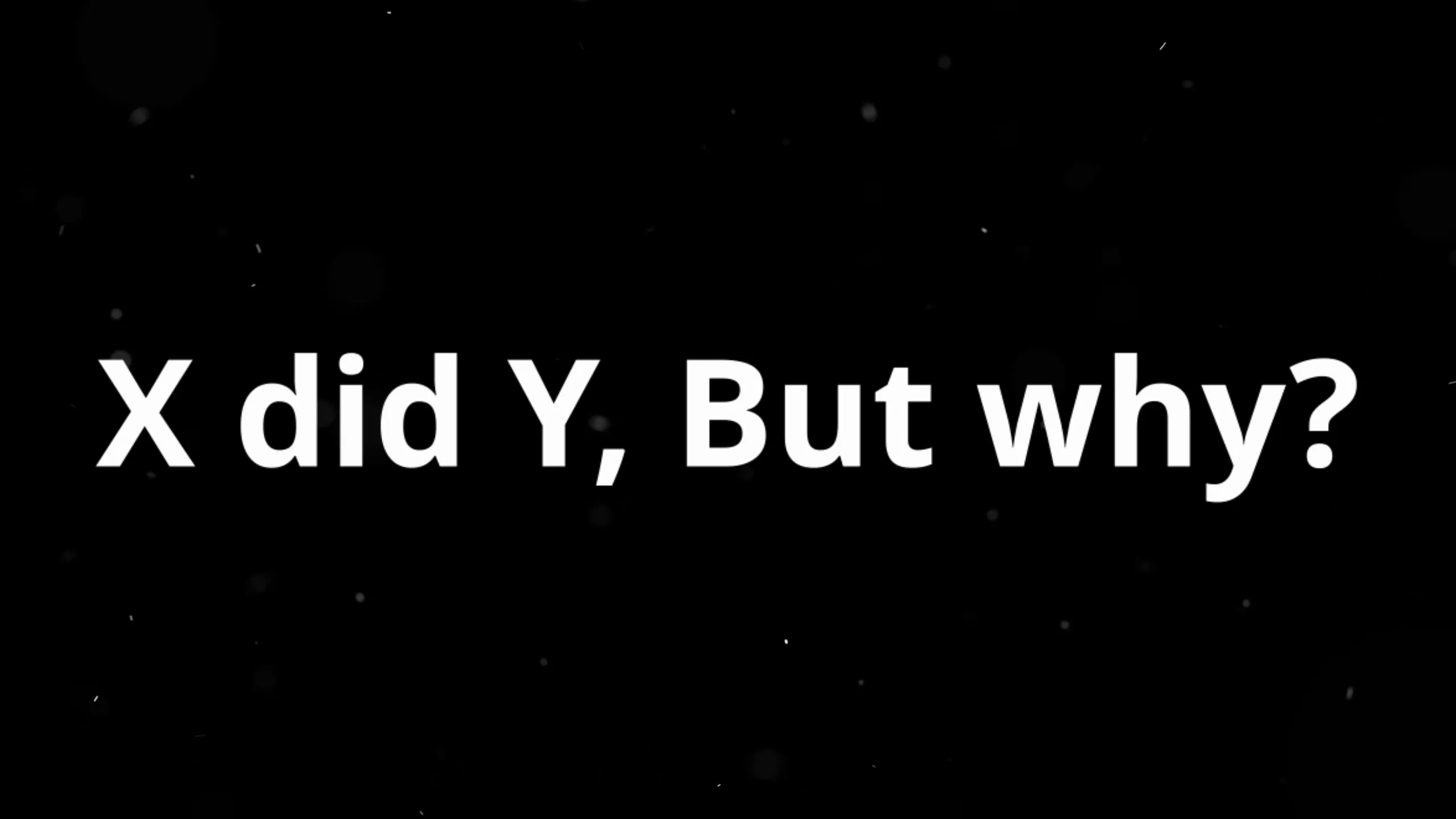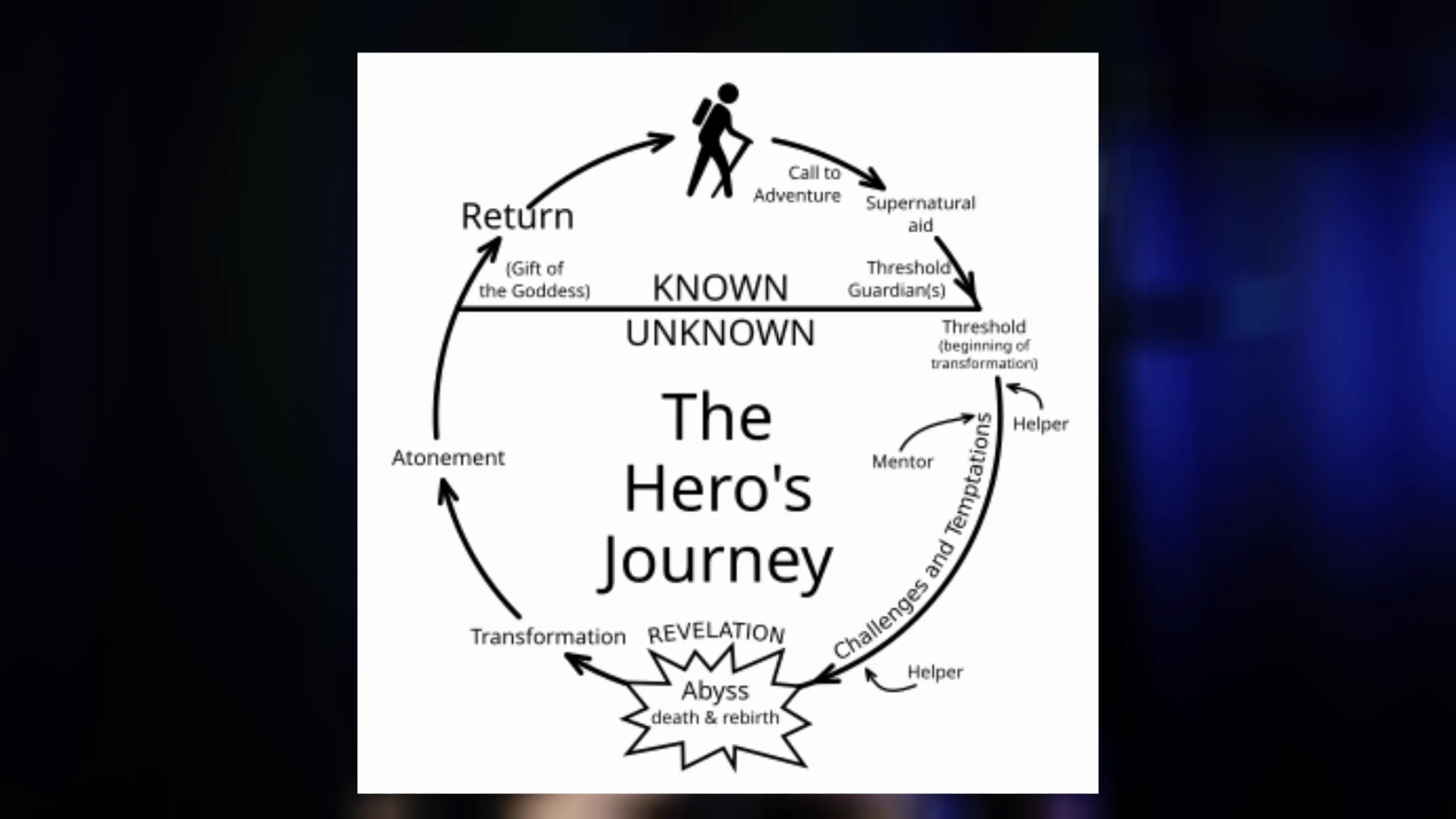Jun 10, 2025
How to Write a Killer Script That Keeps Your Viewers Hooked

In the world of online video content, having the best thumbnail and the perfect title can only get you so far. The real magic happens when your script is strong enough to keep viewers glued to the screen. Without a killer script, even the most promising video can lose its audience within the first few seconds. Viewers clicking away too quickly can effectively kill your video's performance and reach. If you want to create videos that captivate and retain your audience from start to finish, mastering the art of scripting is essential.
Here, I will walk you through five crucial steps to elevate your scriptwriting and keep your viewers engaged throughout your entire video. These strategies apply whether you're creating educational content, documentaries, product reviews, or storytelling videos. Let’s dive in and start with one of the most important elements: the hook.
Step 1: Crafting the Perfect Hook
The first 30 seconds of your video are the most critical. No matter how good the rest of your content is, if viewers leave early, they will never see your masterpiece. This is why the hook—the one sentence or idea that sparks curiosity—is so important. It’s the bait that convinces viewers to stay and watch what comes next.
There are several formulas for crafting an effective hook, but three main types stand out as particularly powerful and versatile:
The “What You Didn’t Know” Hook
This formula works especially well for documentary or educational videos. It introduces a familiar subject but reveals an unexpected fact that piques curiosity.
For example: “You know Elon Musk, but what you didn’t know is that he scaled his first business to 1.5 billion dollars.”
This type of hook exposes viewers to something unfamiliar about something they already know. It naturally encourages them to expand their knowledge. Using concrete expressions like “first business” or impressive numbers like “1.5 billion dollars” makes the viewer intrigued and eager to learn how such a feat was even possible.

The Shock Value Hook
Shock value is a well-tested way to grab attention immediately. Phrases like “What he did was so disgusting,” “What he said will make you sick,” or “What he did was so brutal that I couldn’t watch” create a strong emotional reaction that compels viewers to keep watching.
This style is especially useful for crime stories or dramatic content but can be adapted for many niches. The key is to evoke surprise or disbelief that hooks the audience’s attention.

The Unbelievable Event Hook
This hook is great for technical videos or breakdowns where you present something that seems impossible or hard to believe.
For example: “Pablo Escobar killed his best friend—the reason will shock you.”
Here, you state something unusual and intriguing that viewers find hard to believe. This curiosity seed grows in their mind, making them desperate to find out the answer. This keeps them watching until the end.

For longer videos, especially, it’s important to add re-hooks—reminders of the hook or curiosity triggers placed strategically during the video, such as between chapters. This helps fight for every minute of your audience’s time, making it harder for them to click away to the next video.
Step 2: Structure Your Story with the Hero’s Journey
Once you have your viewers watching, the next challenge is to make sure your story flows smoothly. Whether your video is a product review, documentary, or a tier list, a solid structure helps your audience stay on track and engaged.
One of the most effective storytelling structures is the Hero’s Journey. Although it deserves a video on its own, here’s a brief breakdown of how you can use it to organize your content:
- The Ordinary World: Introduce the viewer or subject in their usual environment, facing a problem or stuck in a routine.
- The Call to Adventure: Something changes—a challenge appears. This could be the reason you started testing a new product, trying a new strategy, or asking a big question.
- The Struggle: This is the heart of your video. You face obstacles, try different solutions, and maybe fail once or twice. This is where the real value lies, as the viewer learns alongside you.
- The Breakthrough: The moment of clarity or the solution. This is what your viewer came for—the payoff.
- The Return: Share the lesson, the result, or the transformation. The viewer leaves with something new—knowledge, entertainment, or motivation to watch your next video.
You don’t need to follow every step perfectly, but keeping this flow in mind gives your video tension, progression, and a rewarding payoff.

Step 3: Keep Your Video Dynamic and Visually Engaging
In today’s fast-paced digital world, your video cannot afford to be boring. With attention spans shorter than ever, something needs to be happening on screen almost constantly.
If you’re recording a talking-head video, don’t just stay static. Add pictures or graphics that illustrate what you’re talking about. This not only adds context but also makes the video feel more dynamic and engaging.
If you don’t have b-roll footage or extra visuals, you can use simple editing tricks like zooming in and out on your face or scene to add movement and keep the viewer’s eyes interested.
These small touches might seem minor, but they are crucial if you want your viewers to stay till the end.
Step 4: Cut the Fluff and Respect Your Viewers’ Time
This advice might be controversial for long-form storytelling videos, where viewers often appreciate atmosphere and extra detail. For example, someone watching a 40-minute documentary might enjoy scenic descriptions or side stories.
However, for most videos, especially under 15 minutes, every second counts. Viewers clicked for a reason, and your job is to respect their time.
In a perfect world, every scene and sentence should serve a purpose—either moving the story forward, delivering value, or maintaining attention. Cut out anything that doesn’t contribute directly to these goals.
Keeping a tight pace will improve your retention graph and keep your audience engaged throughout the video.
Step 5: Deliver a Strong Ending with a Clear Call to Action
A weak ending can undo all your hard work. If your video’s title promised a fix or a clear takeaway, but your video trails off without delivering the final piece of value, your viewers will leave unsatisfied. Worse, they might be less likely to click on your next video.
A strong ending should:
- Deliver on the promise made in the title or hook.
- Summarize the key lesson, result, or transformation.
- Include a clear call to action, telling viewers what to do next.
For example, you might encourage them to subscribe to your channel or click on your next video. This helps maintain momentum and builds your audience over time.
Personally, my favorite way to write scripts is to start by scripting the intro and the ending first, then fill in the blanks in between. This ensures that you always deliver what you promised and end on a strong note.
Putting It All Together: Write Your Best Script Yet
If you’ve made it this far, you now have the blueprint to write a killer script that hooks your audience, tells a compelling story, keeps the pace tight, and finishes with a bang.
Here’s a quick recap of the five steps:
- Start with a hook that sparks curiosity and compels viewers to stay.
- Structure your story using the hero’s journey for tension and payoff.
- Keep your video visually dynamic to hold attention.
- Cut the fluff and respect your viewers’ time by keeping the pace tight.
- End strong with a clear takeaway and call to action.
Now it’s time to open your favorite text editor and write the best script of your life. Remember, a great script is the foundation of a great video. Nail this, and your thumbnails and titles will have the support they need to truly shine.
Good luck, and happy scripting!